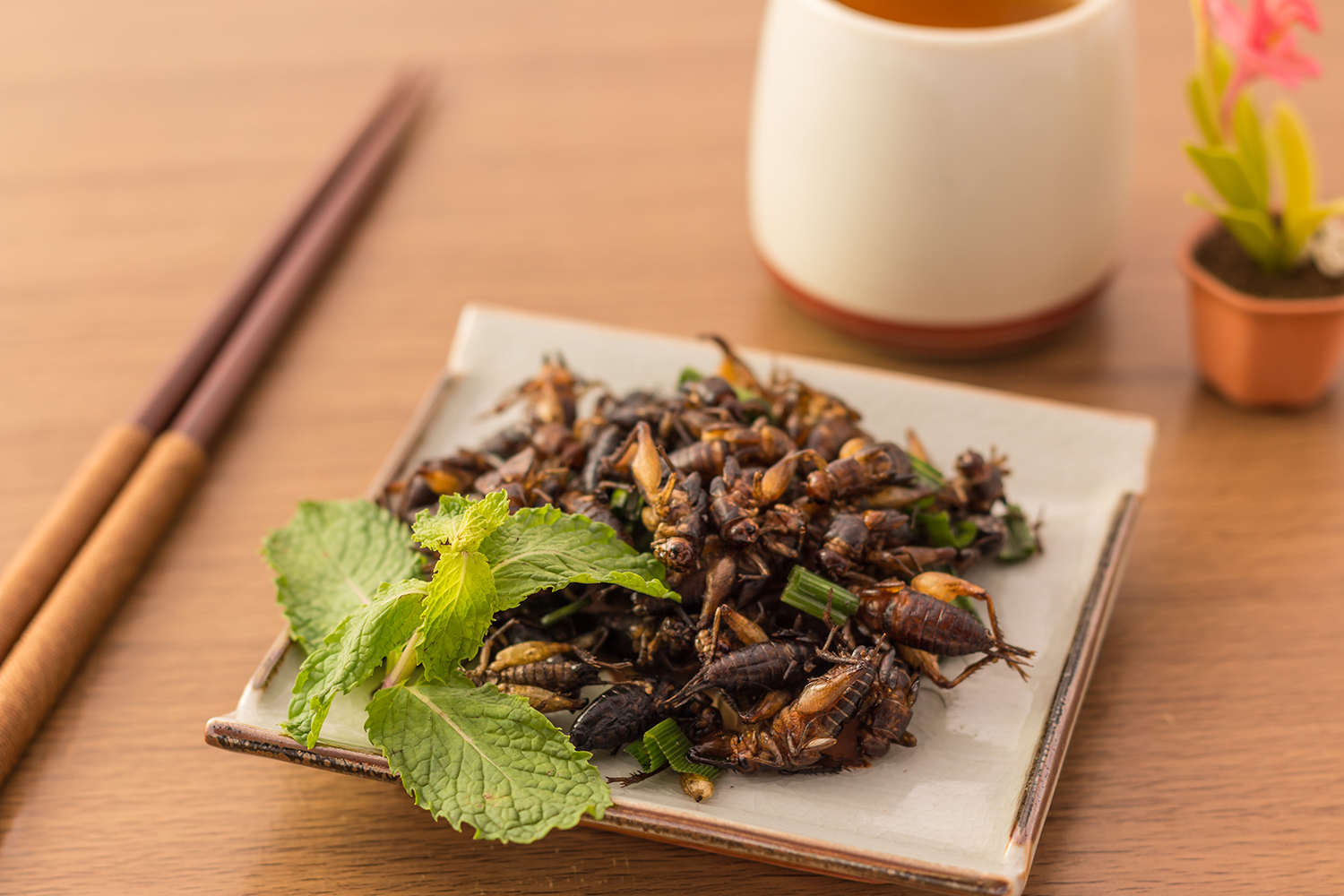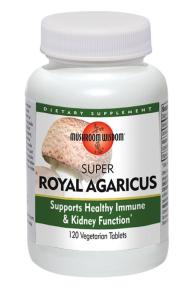I’ve been a vegetarian for nearly 15 years and a vegan for the past five. Making allowances for mistaken orders, issues of translation, and the occasional (if surprisingly frequent) misunderstanding by a server or chef of just what a vegetarian or vegan is, I have not eaten milk, pork, cheese, or beef. Once, however, I intentionally ate bugs.
It needs to be said that I did so intentionally because, frankly, we’ve all eaten bugs. The FDA allows trace amounts of “insect fragments” into a variety of foods, provided they stay below prescribed limits. Chocolate is allowed up to 60 fragments per 100 grams; peanut butter 30 per 100 grams; and hops is allowed up to 2,500 aphids per 10 grams.
Insects are key to certain food colorings, shellac, and other everyday items. Yet—in this part of the world at least—we can only suffer this if it's unknown.
Vegans will sometimes ask carnivores to imagine the face of the animal they are about to eat; it’s a blatant attempt to create an empathetic connection to something we too often think of as a mere object. If I asked you to look into your peanut butter and imagine the eyes and limbs of the insects, would it do anything but repulse you?
What was I doing eating insects? And on purpose—no hiding their appearance. I was visiting friends in college, providing emotional and editorial support for friends working on their senior projects. Daniella Martin, an alum of the same school and author of Edible: An Adventure into the World of Eating Insects and the Last Great Hope to Save the Planet, had been invited to give a cooking demonstration on campus at the same time and it piqued my curiosity.
I became a vegetarian because of a sense of moral need. Learning about the violence and pollution of industrial farming shocked and appalled me. In its indifference to the health and safety of the workers, livestock, and environment, it embodied everything that I despised about the world.
This is why the insects intrigued me. Industrial farming manages to be at once a cruelly efficient and a suboptimal use of resources: livestock emit large amounts of greenhouse gas, the waste and runoff of the farms can poison water supplies, and the abuse of antibiotics can lead to the proliferation of resistant forms of bacteria. Insect farming, according to its proponents, would reduce this waste and provide protein on the same scale with the bonus of avoiding the moral quandary of eating animals. Looking down at the fried crickets and grub, however, I realized that I really just wanted to know if I could do it.
One of my last meals before becoming a vegetarian involved a failed attempt to eat rabbit. It seemed an easy enough way to show my father I could be an adventurous eater, but when the plate arrived all I could see was the shape of the body and particularly the leg that looked to me like a cat—maybe, my cat. I couldn’t do it and traded plates with him (pasta proved less problematic). With insects, the test was different. If eating them truly could “save the world,” shouldn’t I be able to do it?
Well, reader, I did. It wasn’t bad. I even had seconds. Did I close my eyes each time I ate? Yes. Did it change my diet? Within six months I became a vegan, and haven’t looked back. A mealworm does not—and maybe should not—evoke the sympathetic response of a rabbit, but the question remains the same. Would you eat it? Why?




